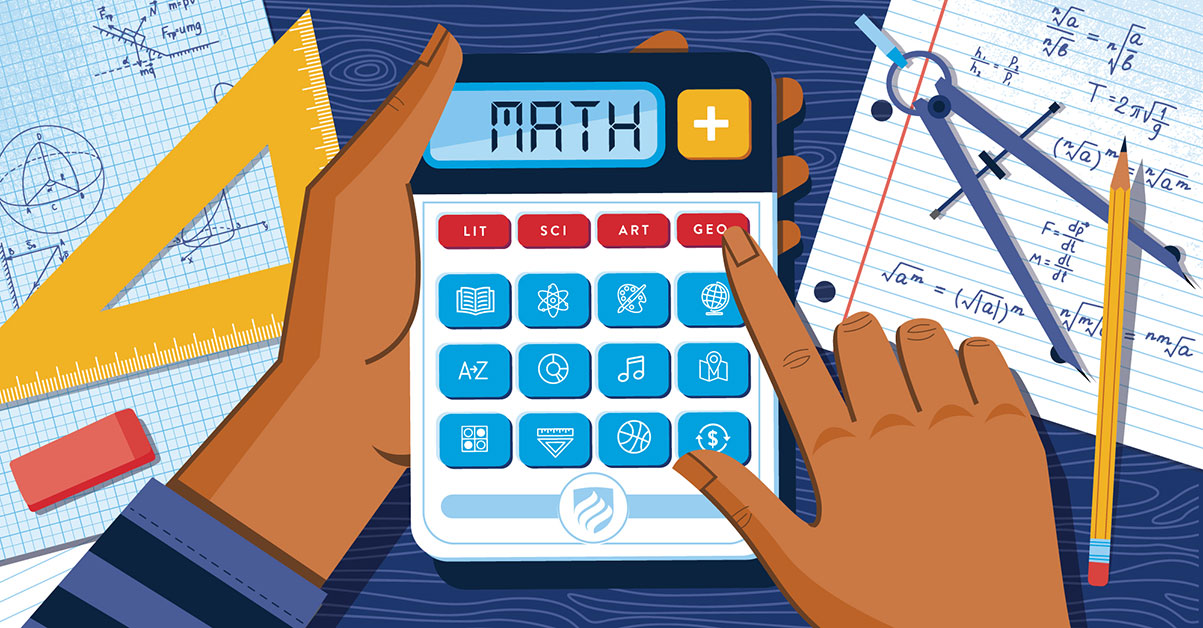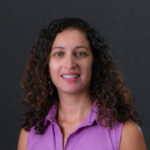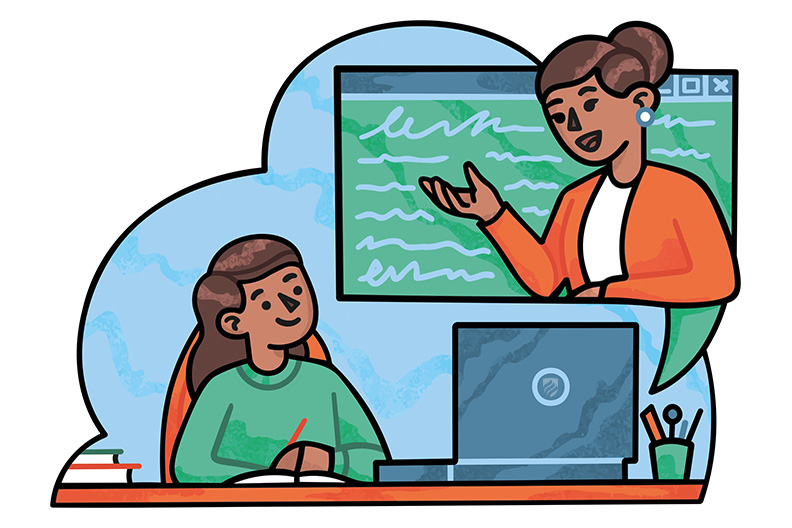Integrating Math Education with Other Subjects Adds Up to Stronger Lessons
CHALKING THE LINE | BY JEANNE WHITE | 5 MIN READ

When I was a primary teacher, my favorite part of the school day was when I read aloud to my students and my favorite subject to teach was math.
Once I discovered picture books written about math concepts, I was excited to blend my two passions. I began collecting books about math concepts covered in the elementary grades (such as geometry, place value, fractions and the four operations). And I made sure that my classroom library always included a section with content area picture books to supplement my lessons.
What happened when I mixed books and math? I started seeing students make gains and enjoy math.
All children have subject areas in which they excel, as well as areas of interest. When teachers demonstrate how math can be used in real-world situations, children discover how math can connect to other subject areas. In turn, children become motivated to learn more about those math concepts. Teachers will find that integrating math into other content areas can enhance elementary students’ understanding of math concepts.
How Other Content Areas Boost Math Education
I taught first and second grade for 12 years before I accepted a full-time faculty position at Elmhurst University in 2005. I was hired to teach math methods to teacher candidates in the early childhood and elementary education licensure programs. I brought children’s literature and other resources for integrating math into other content areas.
As I worked with teacher candidates, I quickly realized many were anxious about teaching math concepts to children. As we began unpacking the Common Core Standards, the candidates’ anxiety increased as they were learning methods and strategies with which they were unfamiliar. I then wrote a book about using children’s literature to teach problem-solving with the Common Core Content and Mathematical Practice Standards.
I knew that in order for the teacher candidates to be successful teaching math, they had to find their passion in the subject, as I had done as an elementary teacher. I asked the candidates to name their strongest content area, then I would spend the semester helping them find ways to incorporate math into those areas. They learned that math can be integrated into science, social studies, literacy and the arts.
Math and Science
Integrating math into science is a natural place to start since they are both STEM areas. Students become accustomed to measuring, graphing and counting as they engage in the exploration of science concepts throughout elementary school.
Teachers can be more explicit about helping students see the connection between math and science by conducting a math mini-lesson about measuring with metric tools, for example, before students use meter sticks. Children can graph the results of data gathered in science experiments and then analyze their results to discover patterns.
Math and Social Studies
Math is easy to link to economics, but it can be connected to history, civics, and geography as well.
When holidays, birthdays or other special events occur during the school year, challenge students to find patterns to predict when those dates will fall on the same day of the week again. During election season, students can create surveys and ballots, then build systems to determine the “winners” based on the choices made by their classmates.
Students can find their favorite place to visit and use maps (virtual or paper) to calculate the distance from their home to their destination.
And of course, students can find math in their study of economics, such as learning how banks, loans, interest rates, taxes, and national debt affect our everyday lives.
Math and Literacy
In addition to the use of literature books, literacy skills such as writing and learning vocabulary terms can be connected to math concepts.
Students can write word problems, poems about math topics, explanations of how they found their answers, and journal entries reflecting on their feelings about math in general. They should also be able to explain vocabulary terms associated with the concepts they are learning, so they can create a math word wall, play bingo games (with the words on boards and definitions read aloud) and matching games (word and example).
And here some ways to engage preschoolers in mathematics.
Math and the Arts (and P.E.)
Math can also be integrated into art, music and physical education. Check out these websites for ideas. Your students will be excited to discover mathematics in all areas of their school day!
Become a Teacher Leader at Elmhurst University
Keep up to date with the latest teaching practices while earning a master’s degree at Elmhurst University. Our M.Ed. in Teacher Leadership program is designed to make you a more effective teacher—the kind others turn to for solutions.
Learn more today. Just fill in the form below!




